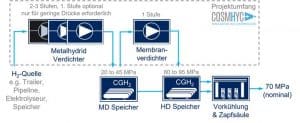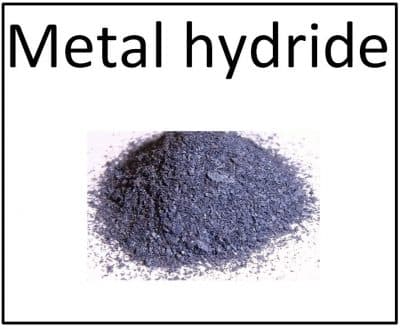
Novel compression concept for hydrogen refueling stations based on metal hydrides


by Hydrogeit | Dec 15, 2021 | Germany


by Hydrogeit | Nov 2, 2017 | Germany
As a clean yet effective energy source, hydrogen can be used to not only power vehicles on the road and in the air, but also propel vessels on the water and deep below the surface. So far, however, attempts to design a fuel cell vessel for travelling on rivers, lakes and oceans have been few and far between. Even though no such ship has made it onto the market yet, it’s not as if the maritime industry cannot point to many years of developing alternative systems. (more…)

by Hydrogeit | Sep 1, 2017 | Germany

| Cookie | Duration | Description |
|---|---|---|
| cookielawinfo-checbox-analytics | 11 months | This cookie is set by GDPR Cookie Consent plugin. The cookie is used to store the user consent for the cookies in the category "Analytics". |
| cookielawinfo-checbox-functional | 11 months | The cookie is set by GDPR cookie consent to record the user consent for the cookies in the category "Functional". |
| cookielawinfo-checbox-others | 11 months | This cookie is set by GDPR Cookie Consent plugin. The cookie is used to store the user consent for the cookies in the category "Other. |
| cookielawinfo-checkbox-necessary | 11 months | This cookie is set by GDPR Cookie Consent plugin. The cookies is used to store the user consent for the cookies in the category "Necessary". |
| cookielawinfo-checkbox-performance | 11 months | This cookie is set by GDPR Cookie Consent plugin. The cookie is used to store the user consent for the cookies in the category "Performance". |
| viewed_cookie_policy | 11 months | The cookie is set by the GDPR Cookie Consent plugin and is used to store whether or not user has consented to the use of cookies. It does not store any personal data. |